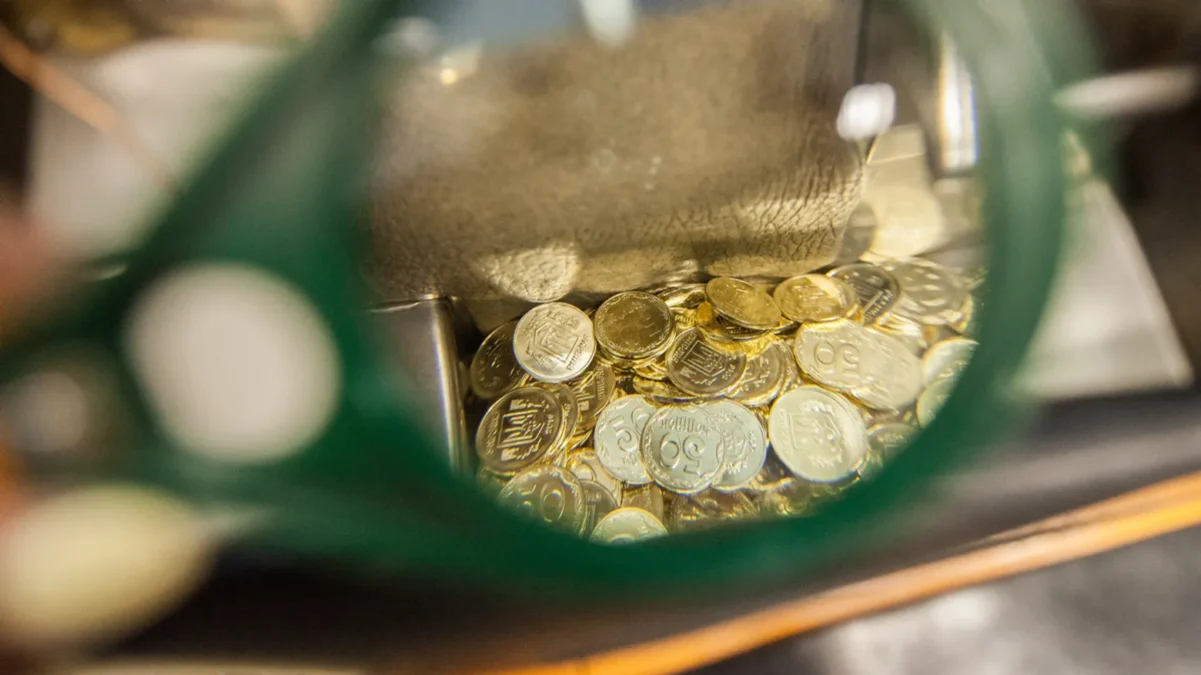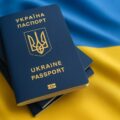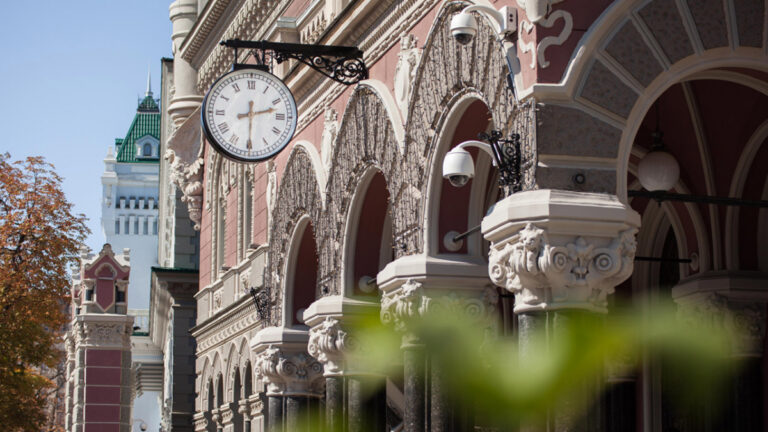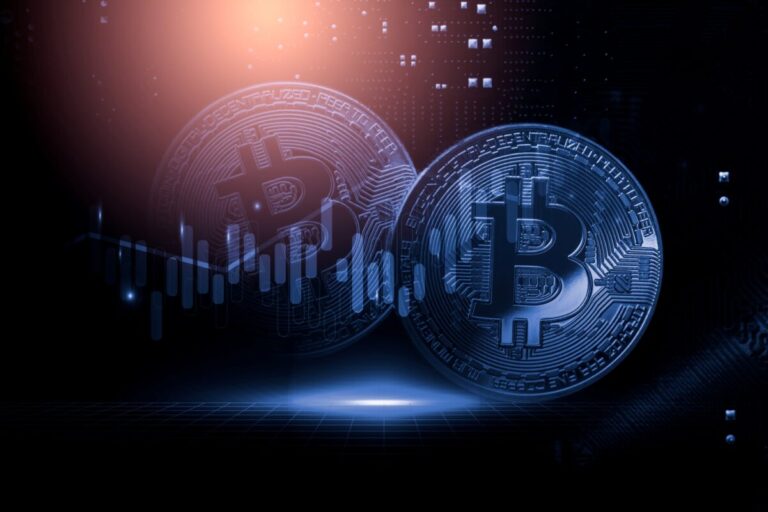
Why Is Ukraine Replacing the Kopiyka? De-Russification, History, and a New Monetary Identity
On October 1, 2025, the Verkhovna Rada registered draft law No. 14093, proposing to restore the historical name for Ukraine’s small denomination coin replacing the “kopiyka” with the “shah”. At first glance, this issue might seem purely symbolic. However, in reality, it touches on identity, historical memory, and the value choices that Ukrainian society is making amid war and the ongoing struggle for independence.
The bill was introduced by a group of Members of Parliament led by Speaker Ruslan Stefanchuk.
The document, registered under number 14093 on October 1, 2025, is currently under review by the Committees on Finance, Economic Policy, Budget, Social Policy, and others.
This date marked the start of a new wave of public debate is it worth abandoning the “kopiyka” and what consequences might this have for the national monetary system?
Why Now
The monetary reform of 1996 introduced the hryvnia, but failed to completely break with the Soviet and Russian past: the “kopiyka” remained both in circulation and in legislation.
As the bill’s authors point out:
“In the monetary circulation of Ukraine, even 34 years after the declaration of independence, there remains a common denominator that still unites our country with Russia that is, the name of the small denomination coin ‘kopiyka’, which is enshrined at the legislative level.”
Now, amid full-scale war, this issue has become not only symbolic but also political and identity-defining.
According to the explanatory note to the bill, among the former Soviet republics, the “kopiyka” remains in use only in Ukraine, Russia, Belarus (and the so-called Transnistria). All other countries abandoned the term long ago.
What Does “Shah” Mean for Ukrainians
The term “shah” is neither a fabrication nor a new concept.
It is an old Ukrainian coin, known since the 16th century, mentioned in the works of Taras Shevchenko, Lesia Ukrainka, and many other classic authors. During the era of the Ukrainian People’s Republic, as well as the liberation struggles of the early 20th century, the “shah” was in monetary circulation and widely used in Ukrainian numeration.
According to NBU experts, “the name ‘kopiyka’ is a symbol of Moscow occupation, while the ‘shah’ can restore a unique Ukrainian identity to our coins.”
The National Bank underscores: “Restoring this name to the modern small denomination coin of Ukraine would not only revive national traditions, but also permanently sever the link between the practice of naming Ukrainian coins and the colonial Russian linguo-culture.”
What the Transition Will Look Like
The draft law proposes introducing the “shah” as a full-fledged analogue to the kopiyka, with a one-to-one exchange ratio.
- New “shah” coins will circulate in parallel with kopiykas for a period of time.
- The NBU will determine the design, introduction schedule, and withdrawal of old coins.
- According to NBU Governor Andriy Pyshnyi, there will be no additional costs for development or production.
Is This Really the Right Time?
The issue of renaming the coin is not secondary when considered in the context of de-Russification, de-Sovietization, and the restoration of historical memory.
The academic community, monetary experts, and philologists all support this initiative:
“‘Shah’ as a term for a small denomination coin has been known in the Ukrainian language since the 16th century… Returning this name to modern Ukrainian coinage would not only revive national traditions, but also permanently break the colonial Russian link,” says Dr. Oleksandr Skopnenko, candidate of philological sciences.
On the other hand, public debate continues: is this too symbolic a step during wartime and economic challenges? However, even symbolic measures can strengthen internal unity, highlight a unique path, and attest to the nation’s deep value choices.
Replacing the “kopiyka” with the “shah” is not just a rebranding of the coin, but a significant element in restoring historical continuity, overcoming colonial remnants, and consistently de-Russifying daily life.
This is a change that underscores identity, restores respect for the past, and sends a clear signal: Ukraine is building its own symbols and its own history.
How do you feel about this decision? Do you believe that renaming the coin is truly necessary for society right now? Leave your thoughts in the comments your opinion matters to our editorial team.














